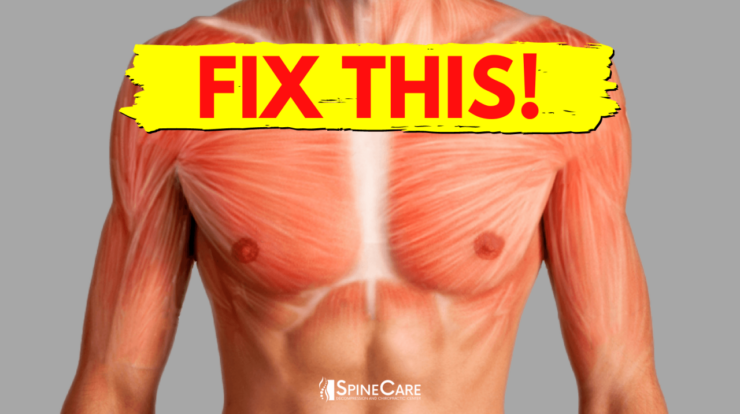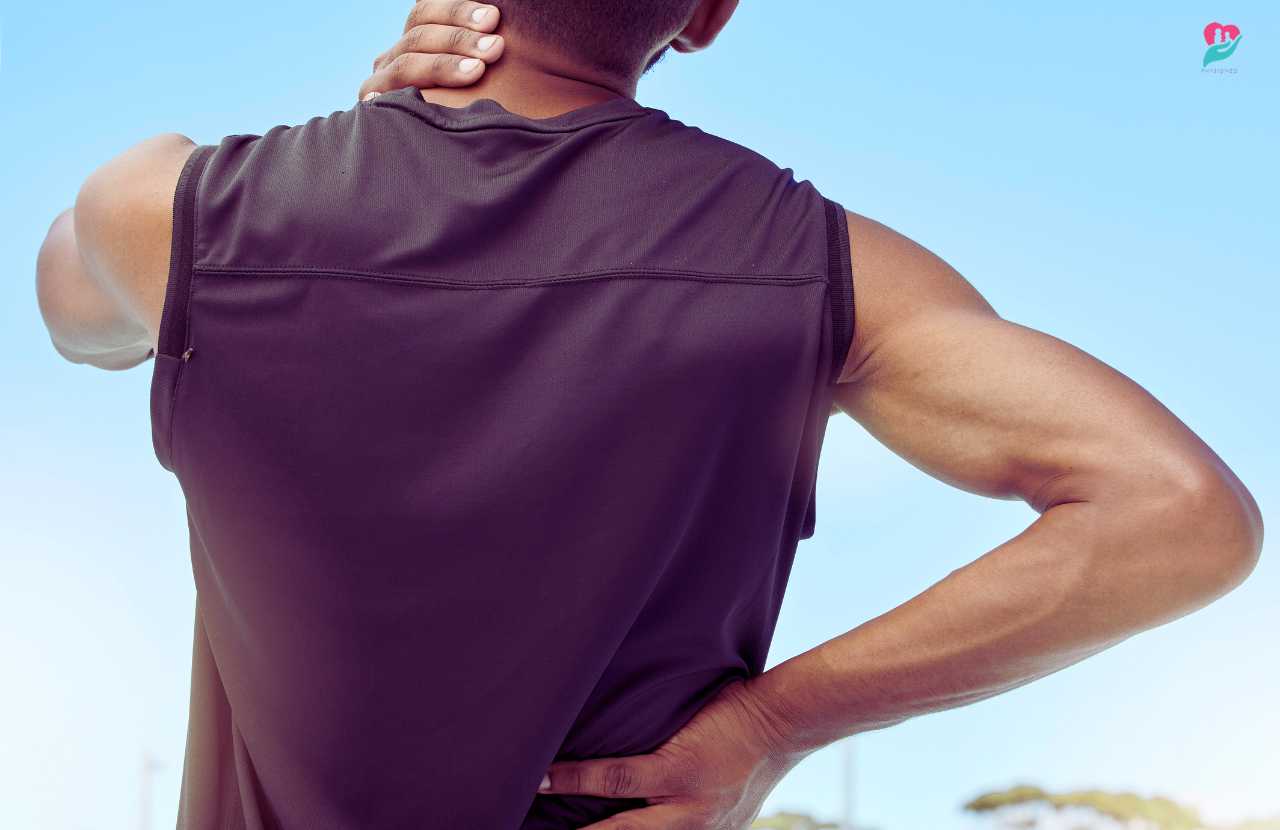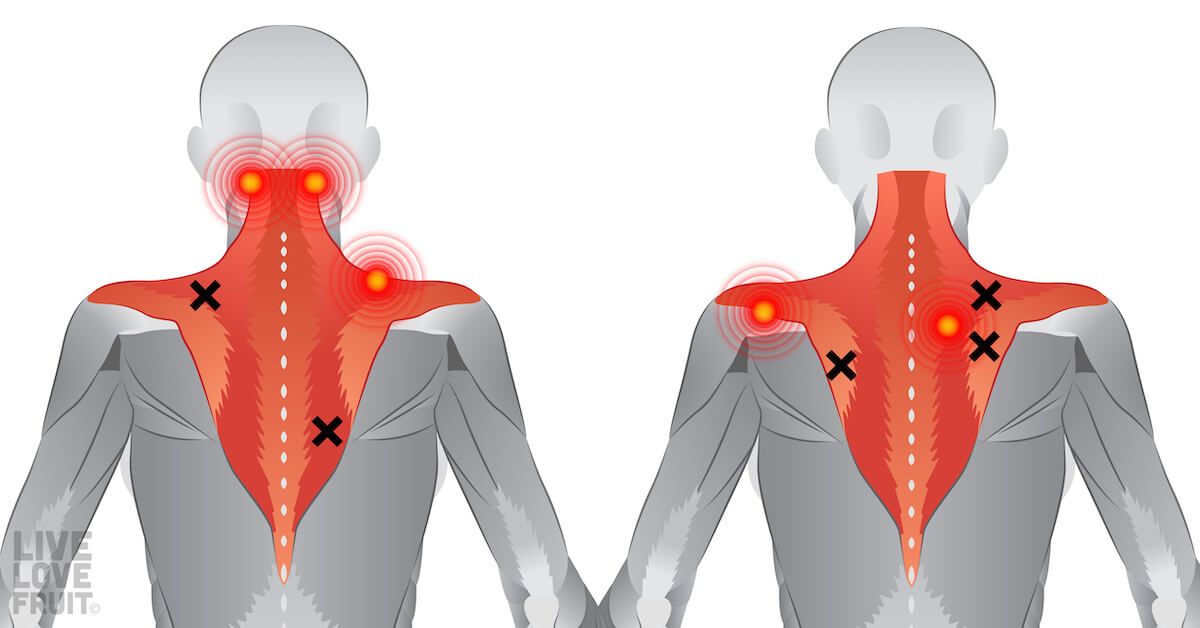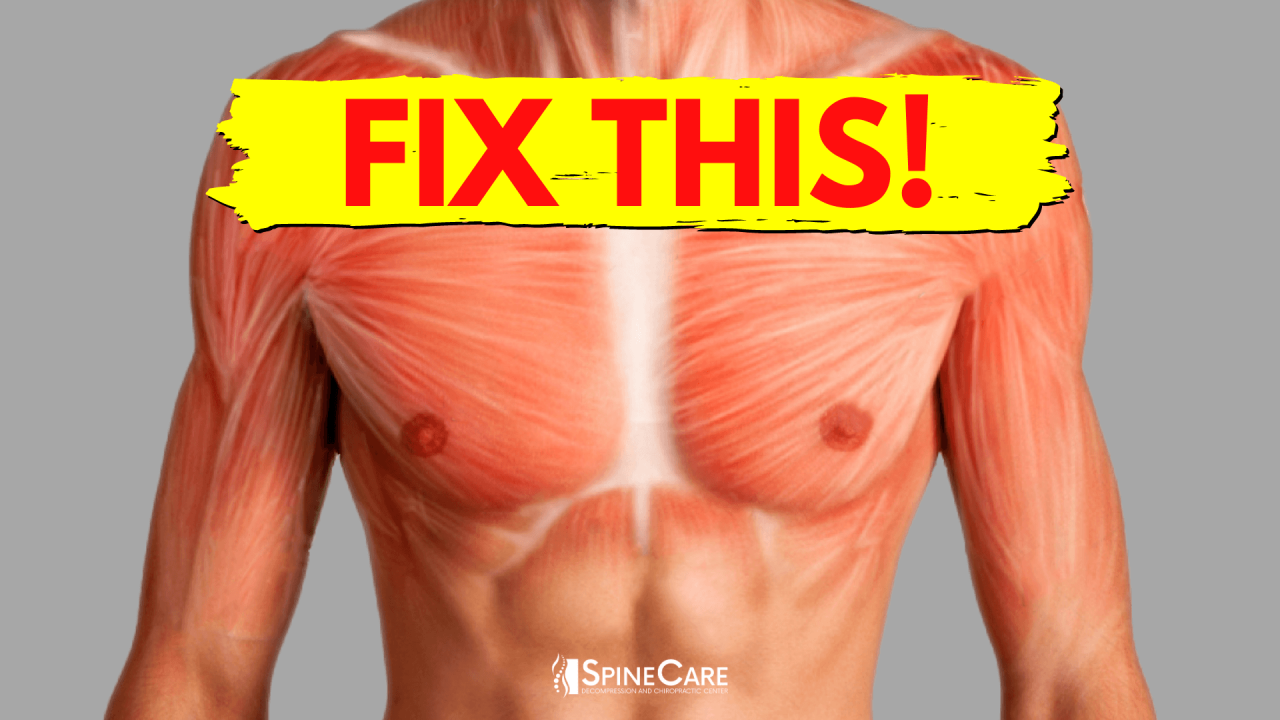
How can stiff and tight muscles result in back pain? This question has been a subject of discussion and research for a long time. Stiff and tight muscles can put pressure on the nerves and blood vessels in the back, leading to pain.
They can also cause muscle imbalances, which can lead to spinal misalignments and pain.
Celebrate Mother’s Day with heartwarming messages in German. Express your love and appreciation with a special happy mother’s day in German greeting.
In this article, we will explore the connection between stiff and tight muscles and back pain. We will also discuss the assessment and diagnosis of muscle stiffness and tightness, as well as treatment options and prevention strategies.
How Can Stiff and Tight Muscles Result in Back Pain?

Stiff and tight muscles in the back can lead to significant discomfort and pain. Understanding the physiological effects, consequences for spinal health, and treatment options for these conditions is crucial for effective management.
Physiological Effects of Stiff and Tight Muscles on Back Pain
Stiff and tight muscles in the back can exert pressure on nerves and blood vessels, causing pain and discomfort. When muscles are stiff, they become less flexible and unable to contract and relax effectively. This can lead to muscle imbalances, where some muscles become overworked while others become underused.
Commemorate the memory of your beloved mother on Mother’s Day. Share your love and cherish the bond you had with a special happy heavenly mother’s day mom message.
Tight muscles can also compress blood vessels, reducing blood flow to the affected area. This can lead to muscle fatigue and pain. Additionally, stiff muscles can cause inflammation, which further exacerbates pain and discomfort.
Capture the special moments of Mother’s Day with beautiful happy mother’s day pictures . Preserve the memories and cherish the love shared on this special occasion.
Specific muscles that, when stiff or tight, can contribute to back pain include the erector spinae, multifidus, and quadratus lumborum.
Strengthen your back muscles for better posture and overall health. Discover effective exercises and tips to improve your back’s strength and flexibility.
Consequences of Muscle Stiffness and Tightness for Spinal Health
Stiff and tight muscles in the back can have significant consequences for spinal health. They can disrupt spinal alignment and posture, leading to pain and discomfort. Muscle imbalances caused by stiffness can result in spinal misalignments, such as scoliosis or kyphosis.
Tight muscles can also exacerbate existing spinal conditions, such as herniated discs or spinal stenosis. By putting pressure on the spine and nerves, tight muscles can increase pain and discomfort.
Assessment and Diagnosis of Muscle Stiffness and Tightness
Assessing muscle stiffness and tightness involves physical examinations and patient history. Physical examinations may include range of motion tests, palpation, and muscle strength tests. Imaging techniques, such as X-rays or MRIs, may be used to rule out other underlying conditions.
Identifying the underlying causes of muscle stiffness and tightness is important for effective treatment. Common causes include poor posture, repetitive movements, lack of exercise, and stress.
Send heartfelt wishes to your mom on Mother’s Day. Express your gratitude and love with a personalized happy mothers day wishes mom message.
Treatment Options for Stiff and Tight Muscles, How can stiff and tight muscles result in back pain?
Treatment options for stiff and tight muscles in the back range from conservative measures to surgical interventions. Conservative treatment options include stretching, massage, and physical therapy.
Stretching helps improve muscle flexibility and range of motion. Massage can relieve muscle tension and promote relaxation. Physical therapy can provide personalized exercises and treatments to address specific muscle imbalances and improve overall muscle health.
In some cases, medication, injections, or surgery may be necessary to manage muscle-related back pain. Medication can reduce inflammation and pain. Injections can provide targeted relief to specific areas. Surgery may be considered if conservative treatments fail to provide adequate relief.
Prevention and Management Strategies
Preventing and managing muscle stiffness and tightness involves adopting healthy lifestyle practices. Regular exercise, including stretching and strengthening exercises, can help maintain muscle flexibility and strength.
Maintaining proper posture while sitting, standing, and sleeping can reduce strain on back muscles. Managing stress through techniques such as yoga, meditation, or deep breathing can also help prevent muscle tension and stiffness.
Final Summary

In conclusion, stiff and tight muscles can be a major cause of back pain. There are a number of things that can be done to prevent and treat muscle stiffness and tightness, including stretching, massage, and physical therapy. If you are experiencing back pain, it is important to see a doctor to rule out any underlying medical conditions and to develop a treatment plan.
Questions and Answers: How Can Stiff And Tight Muscles Result In Back Pain?
What are the symptoms of muscle stiffness and tightness?
Muscle stiffness and tightness can cause a variety of symptoms, including pain, tenderness, reduced range of motion, and muscle spasms.
What are the causes of muscle stiffness and tightness?
Muscle stiffness and tightness can be caused by a variety of factors, including overuse, injury, poor posture, and dehydration.
How can I prevent muscle stiffness and tightness?
For those looking to strengthen their back muscles , there are a variety of exercises that can be incorporated into a workout routine. From rows to pull-ups, these exercises target the various muscles in the back, helping to improve posture, reduce pain, and enhance overall fitness.
There are a number of things you can do to prevent muscle stiffness and tightness, including stretching, massage, and physical therapy.







